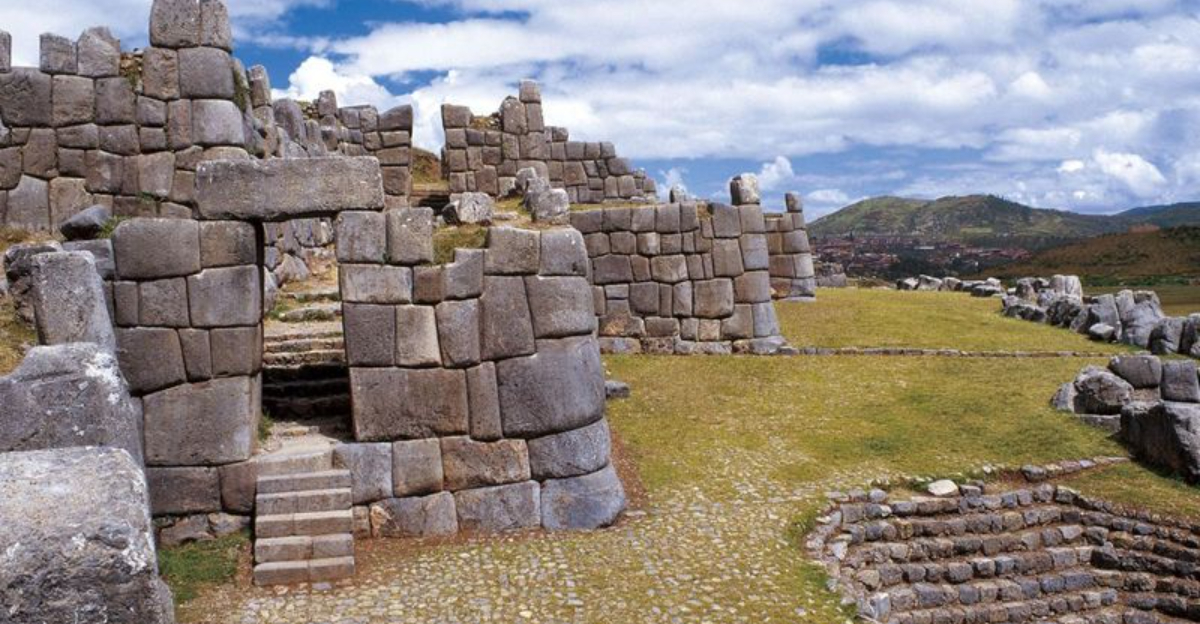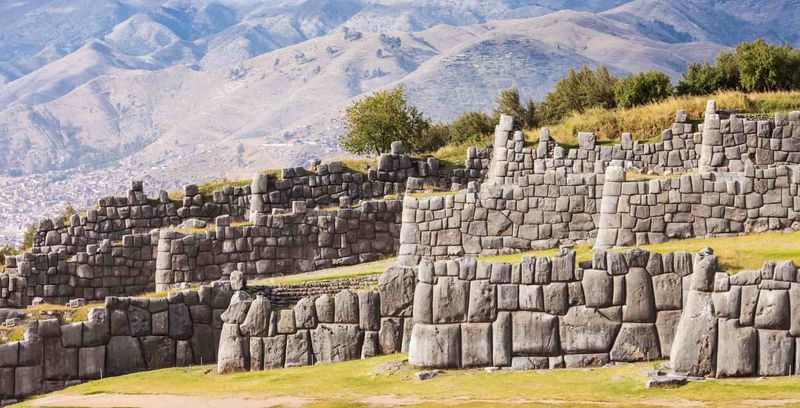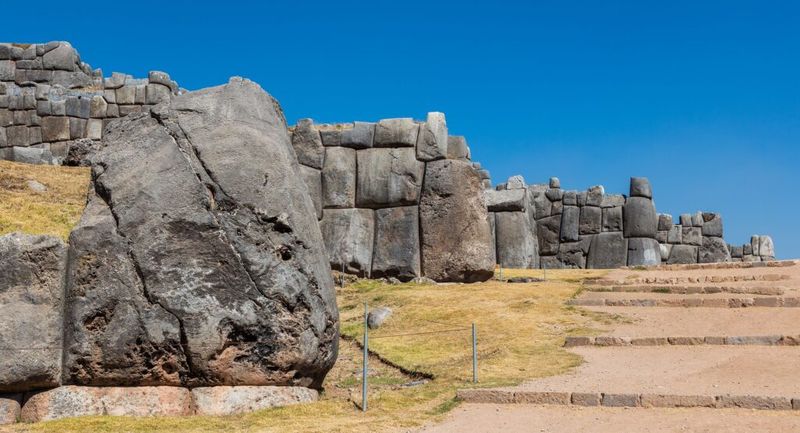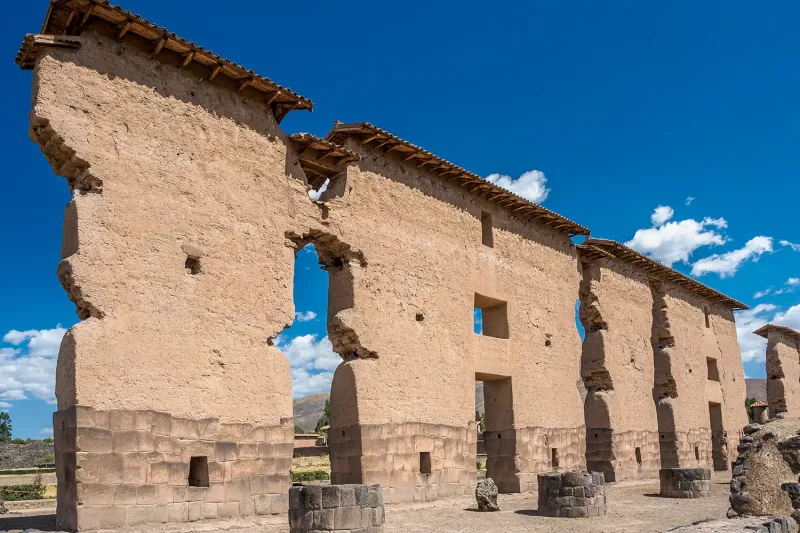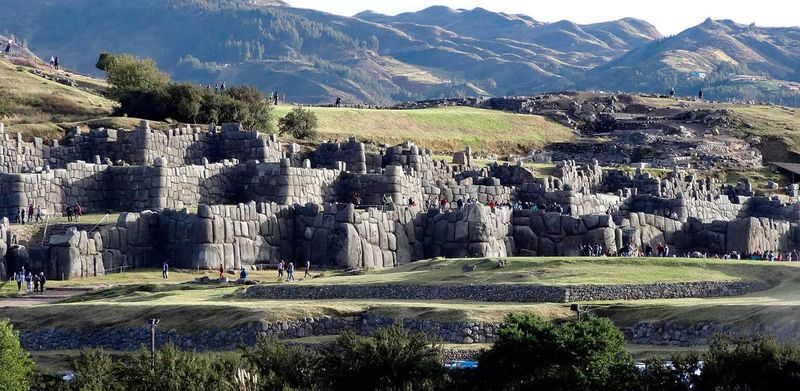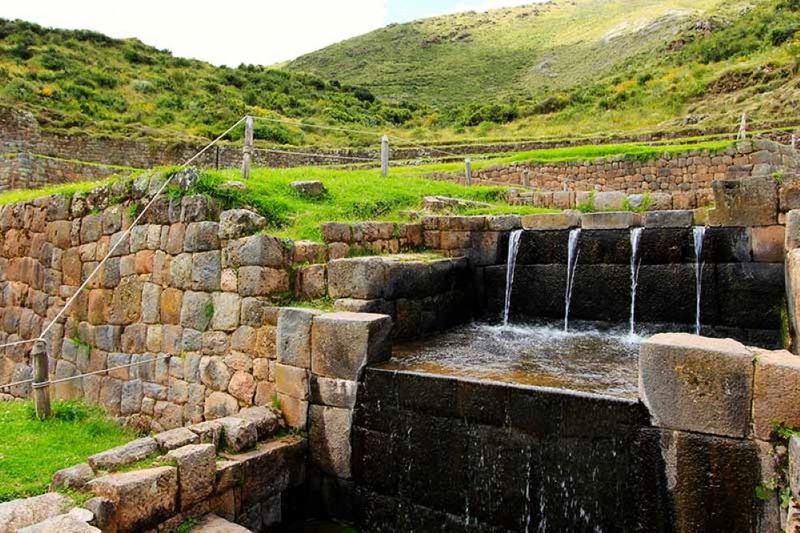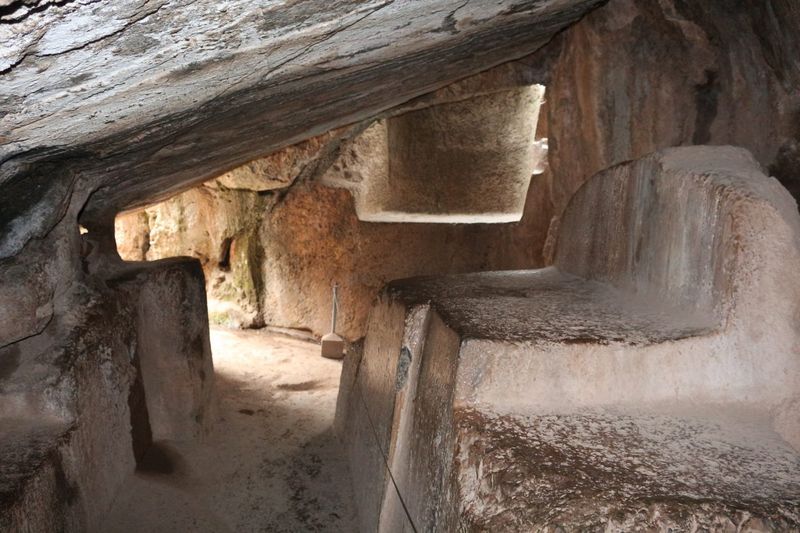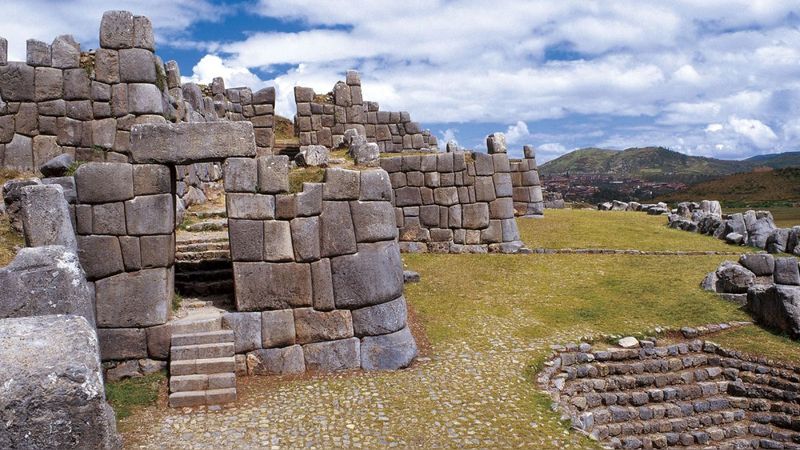Cusco, Peru, is a city that continues to baffle historians and archaeologists alike. Its enigmatic megalithic structures, such as the grand Sacsayhuamán and the sacred Qorikancha, challenge conventional timelines and hint at a civilization with architectural prowess long before the Incas.
This article delves into ten captivating facts about these mysterious megaliths, pondering their origin, purpose, and the advanced techniques used in their construction.
1. Pre-Inca Engineering Marvels
In the heart of Cusco, the grandeur of megalithic structures hints at an ancient engineering marvel. Massive stones at Sacsayhuamán and Qorikancha showcase precision cuts that defy modern techniques.
These structures predate the Inca, suggesting a civilization of unknown origin, possibly the fabled Viracocha. The intrigue deepens when considering their mastery over such advanced stone-cutting techniques.
Were these mysterious builders using lost technologies? The very thought stirs curiosity among historians and engineers alike, offering a tantalizing glimpse into a forgotten past.
2. Precision Stonework Without Mortar
The giant stones of Cusco’s megaliths fit together with remarkable precision, forming a seamless jigsaw without a trace of mortar. Walking past these walls, one can’t help but admire the craftsmanship where not even a razor blade can slip between the joints.
These stones have withstood centuries of earthquakes, standing firm where others have crumbled. Was this more than mere architectural skill? Delight in the mystery of how such fits were achieved, pondering the techniques lost to time.
3. Stones Weighing Over 100 Tons
Imagine transporting stones weighing over 100 tons across rugged Andean terrain. It seems implausible, yet the mystery of Cusco’s megaliths makes it a reality. These colossal blocks were precisely positioned, their sheer weight an engineering enigma.
How did ancient builders achieve such feats without modern machinery? The thought alone captures the imagination, as these stones stand testament to a forgotten era of innovation and ingenuity, leaving both engineers and archaeologists in awe.
4. Unknown Builders
The Incas, known for their empire, often revered and built upon older, mysterious foundations. Who were these enigmatic predecessors? Referred to as the “Viracocha” people, these unknown builders left no written records, only architectural marvels.
The Incas regarded them with reverence, a race shrouded in legend. Were they mythical, or perhaps just undocumented?
Delving into these mysteries adds layers to Cusco’s history, hinting at a civilization lost to time, leaving behind only grand structures to speak for them.
5. Advanced Anti-Seismic Design
Cusco’s stone walls aren’t just visually striking; they’re a testament to ancient anti-seismic design. The polygonal stones fit together like a complex puzzle, with each block leaning slightly inward.
This subtle design choice grants incredible stability, allowing these structures to withstand earthquakes that have toppled many modern buildings.
The ingenuity behind this design speaks volumes about the builders’ understanding of both aesthetics and structural integrity, blending form and function seamlessly in a way that continues to impress today.
6. Qorikancha: Layers of Civilizations
The Qorikancha, or Temple of the Sun, in Cusco is a vivid timeline of history encapsulated in stone. Its three distinct layers reveal a narrative of cultural succession: a sturdy megalithic foundation, refined Inca stonework, and ornate Spanish colonial architecture.
This layering tells a story of how each civilization not only built upon its predecessor but revered the sacredness of the site. Walking through Qorikancha is like stepping through time, feeling the echoes of past societies in every stone.
7. Water Channels and Astronomical Alignments
Megalithic sites around Cusco aren’t just architectural wonders; they reveal an unexpected understanding of hydraulics and astronomy. Complex water channels are carved into stone, possibly serving both practical and ceremonial functions.
Moreover, many structures align with celestial events like solstices and equinoxes, indicating a sophisticated knowledge of astronomy. This blend of engineering and celestial awareness offers a richer, more complex portrait of the ancients who once called this region home.
8. Carved Niches and ‘Melted Rock’
Among Cusco’s megaliths are peculiar features like smooth niches and stones appearing ‘melted’ or vitrified, sparking curiosity and debate. These characteristics suggest techniques beyond contemporary understanding.
Was heat or some unknown tool used? Theories abound, yet definitive answers remain elusive. Such enigmatic features give these sites a mysterious allure that continues to captivate visitors and researchers, inviting endless speculation about the builders’ capabilities and the lost secrets of their craft.
9. Multiple Earthquake Survivals
Cusco’s ancient walls narrate tales of resilience, having withstood numerous earthquakes that devastated later constructions. Their enduring strength is a testament to ancient engineering, showcasing techniques that surpass even some modern standards.
The mystery isn’t just in the stones’ survival but in the methods that ensured their longevity. This resilience highlights the ingenuity of their creators and offers a powerful lesson in the art of building for eternity, echoing across the ages.
10. A Center of Ancient Power?
Some researchers propose that Cusco might have been a pivotal point in a global energy grid or ley line system. Its strategic design and location suggest more than mere coincidence, hinting at a deeper spiritual or energetic significance.
Such theories, while speculative, add an intriguing dimension to Cusco’s allure, inviting visitors to ponder the convergence of history, geography, and mysticism. Whether mythical or factual, this idea enriches the narrative of Cusco as a city that transcends mere historical importance.
